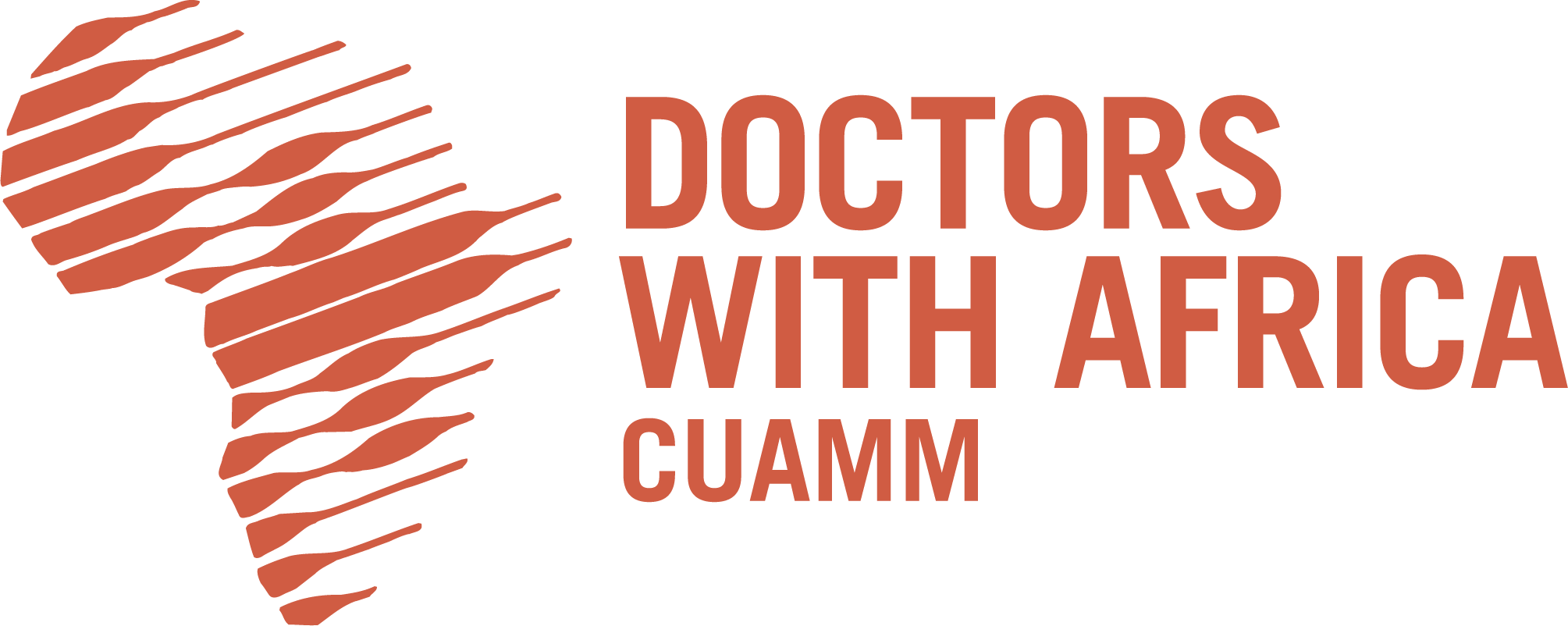Teenage pregnancies in Mozambique: the experience of Servicios Amigos dos Adolescentes clinics in Beira
African Journal of AIDS Research, 2018 March
Since 2014, Doctors with Africa CUAMM has supported a network of clinics in Beira, Mozambique, aimed specifically at young people aged 10 to 24 – the Servicios Amigos dos Adolescentes (SAAJ) – which offer counseling, diagnostic tests and treatment to help adolescents learn more about sexual and reproductive health. The present study involved an analysis [...]
